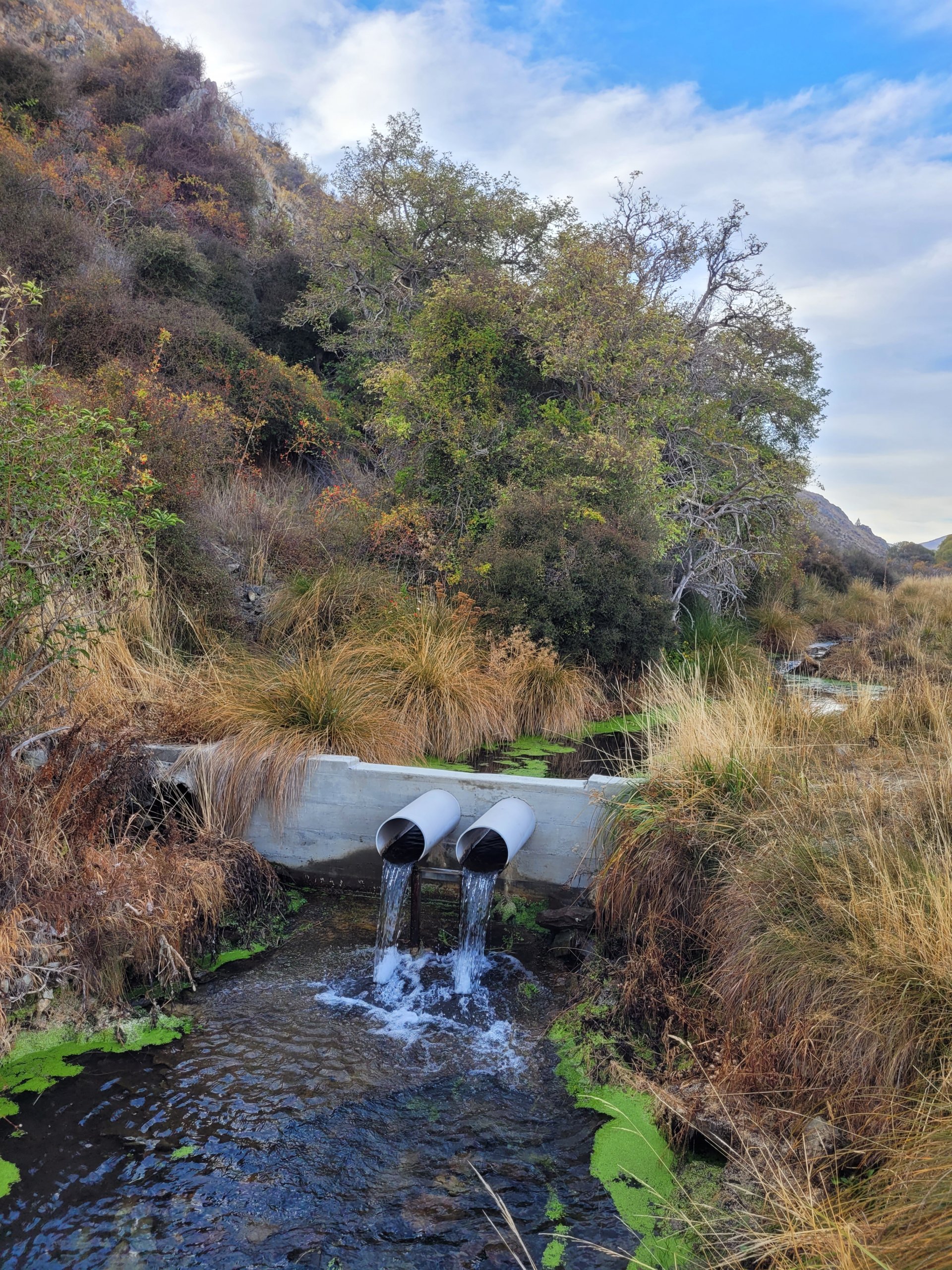Photo: Sjaan Bowie
Using barriers in freshwater systems, known as isolation management, has become an increasingly popular strategy to protect Aotearoa New Zealand’s native fish from invasive species. These barriers are crucial for safeguarding vulnerable populations, yet we still have much to learn about how effective they truly are and what consequences arise from fragmenting habitats. In Aotearoa New Zealand, non-migratory galaxiid fishes are especially at risk, with many species threatened largely due to introduced trout.
PhD student Martha Jolly in collaboration with Fish Futures social and freshwater scientists came together to review the barriers that protect non-migratory galaxiids in Aotearoa, many of which can be natural, like waterfalls, or specially engineered to keep invaders out. Often, these barriers are found in headwater streams and spring systems.
While these barriers may play a vital role in conserving valuable non-migratory galaxiid species, the isolated populations upstream face real dangers of extinction and re-invasion. Plus, exclusion barriers can limit habitat access for migratory native fish and may disrupt their ideal living conditions. Managers must therefore carefully balance the risks of isolation with the benefits of using these barriers. Unfortunately, decisions are often based on incomplete data. To ensure the long-term survival of isolated populations and understand the impact on other native species, we need to bridge these crucial knowledge gaps.

